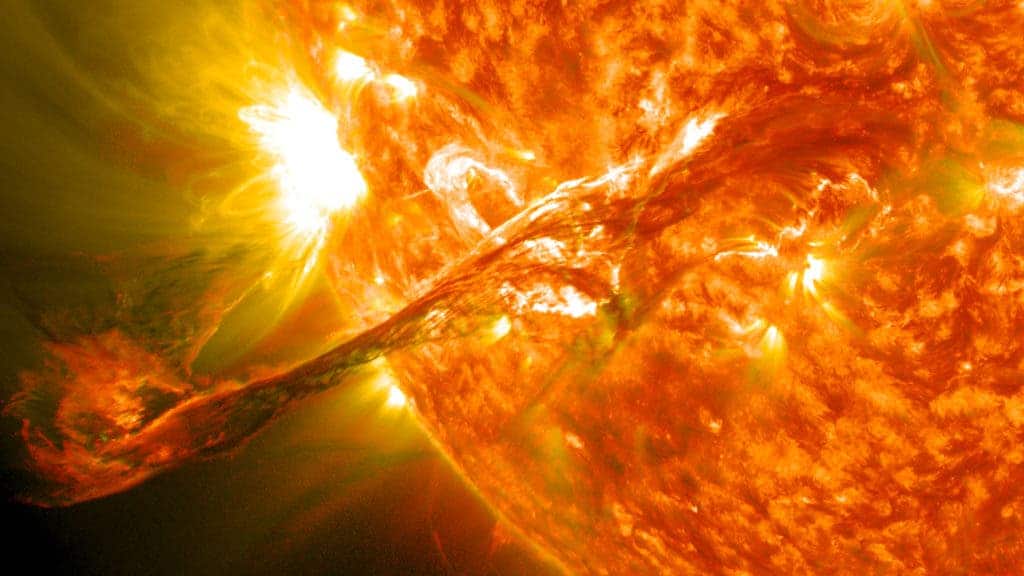Astronomers at the Instituto de Astrofísica e Ciências do Espaço (IA) claim they’ve found a “stellar twin” to the Sun. The star in question, called HD 186302, was likely born in the same stellar nursery as the Sun and is located 184 light-years away from us. It’s only the second sibling of the Sun ever found thus far.

Stellar siblings are fairly common in the universe. In fact, almost all stars are born in crowded stellar nurseries along with thousands of other stars. Eventually, galactic tidal forces tear down the close-knit stellar group, dispersing the stars about the galaxy.
Despite their presumed ubiquity, narrowing down the Sun’s siblings proved highly challenging. First, the astronomers trimmed down a list of 17,000 candidates based on their similar metallicities (the abundance of elements heavier than hydrogen or helium). After this initial analysis, the pool of candidates was drastically reduced to only 55 stars, and later to 4 after they were grouped by similar age. Finally, only one candidate had carbon isotopic ratios comparable with the Sun: HD 186302. It’s only one of two stellar siblings ever identified, after HD 162826, which was discovered in 2014.
The team of astronomers was part of the AMBRE project — a collaboration between ESO and the Observatoire de la Cote d’Azur. AMBRE uses an array of spectrographs, along with data from ESA’s GAIA mission, to identify the ages, chemical abundance, and motions of stars in the Milky Way.
Findings another star which is almost identical to the Sun is important for a number of reasons. First of all, by studying a solar sibling, researchers can gain a better understanding of where in the galaxy and under which conditions the Sun formed. Also, since HD 186302 has virtually the same luminosity, temperature, size, age and chemical composition of the Sun, the twin might help us find out more about how Earth and, perhaps, even how life came to be. In the future, the research team wants to use ESO’s ESPRESSO and HARPS spectrographs to look for any orbiting planets around the newfound twin.
“Some theoretical calculations show that there is non-negligible probability that life spread from Earth to other planets or exoplanetary systems, during the period of the late heavy bombardment. If we are lucky, and our sibling candidate has a planet, and the planet is a rocky type, in the habitable zone, and finally if this planet was ‘contaminated’ by the life seeds from Earth, then we have what one could dream – an Earth 2.0, orbiting a Sun 2.0,” Vardan Adibekyan, of IA and the University of Porto, said in a statement.
The findings were described in the journal Astronomy & Astrophysics.






